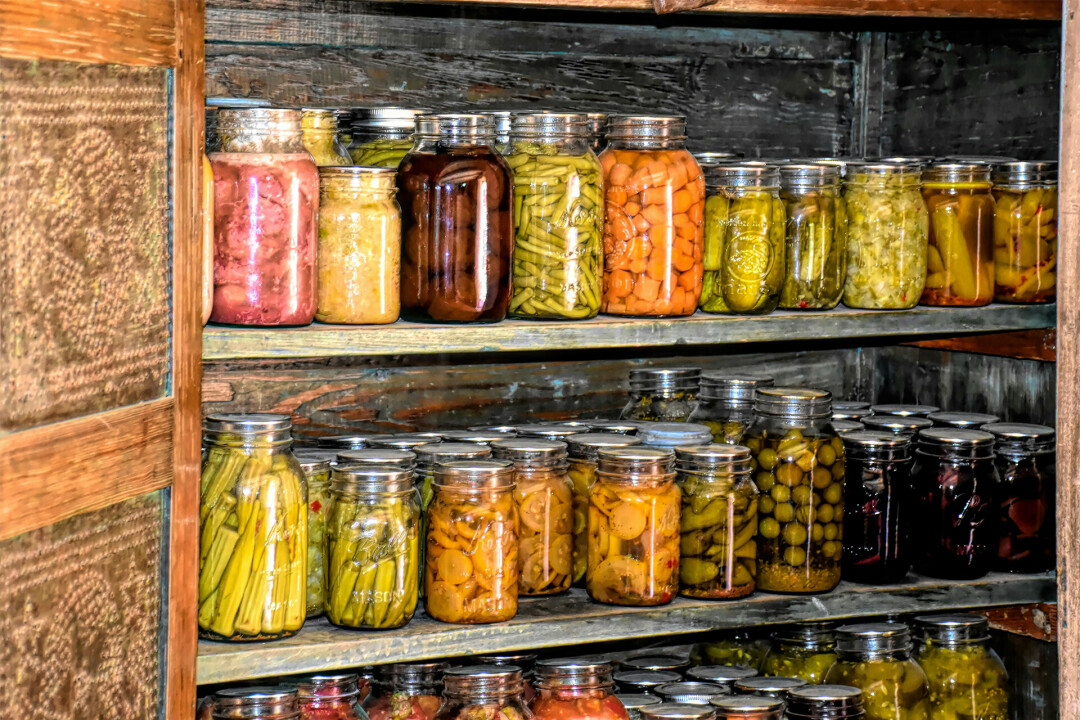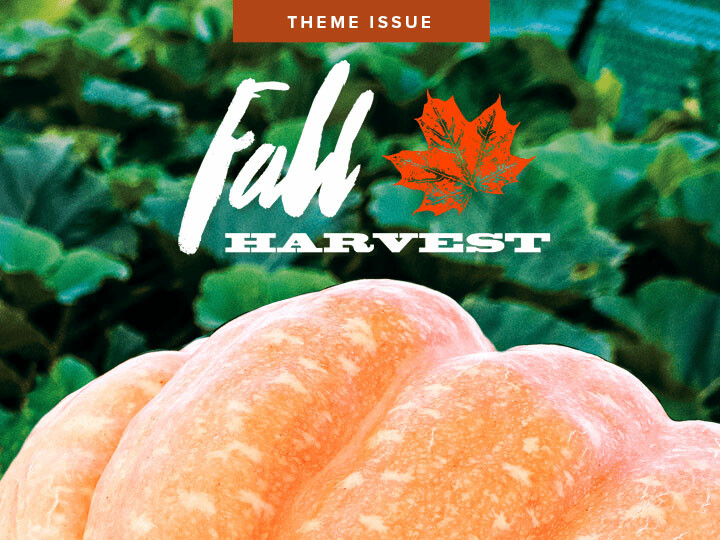COLUMN: Turn of The Season Signals Harvest Time
canning, jarring, pickling, and more made for a true autumn harvest

Late summer and early fall meant harvesting crops on the farm where I spent my early years. This harvest went way beyond field crops. Our garden was huge, and preserving food, mainly by canning, was necessary to have food for winter when cows gave less milk and milk checks barely bought necessities on our small farm.
While the asparagus that sustained us in spring and early summer had long gone to seed, our huge garden was bountiful. My mother, often with the help of her sisters, canned green beans, peas, tomatoes, and pickles. Blackberries that were picked at the back of the farm went into jars for winter pies. She always bought a crate of peaches and pears along with a lug of blue plums that were processed in a boiling water bath, a technique no longer considered safe for most vegetables or fruits. Tomatoes and peaches were dipped into hot water and then into cold so that the skins loosened. They could then be peeled easily before they were put into jars. She made the green part of watermelon into sweet watermelon pickles to which she added a bit of green dye for more color. We had moved into the summer kitchen by this time where all water had to be heated on a kerosene stove. The kitchen would get so hot my mother was soon wiping her brow on the bottom of her apron.
As I prepare a batch of jelly as my token ‘canning event,’ I think of the work (my mother) did to feed us through the long winters. Hard times, good memories.
Cabbage was made into sauerkraut and placed in a large crock with a wooden cover. Carrots were buried in sand in a bin of the cellar where they would last into early winter. But the biggest crop of all was potatoes which sustained us through spring. Even though my mother eased small potatoes from the soil at the edge of the plant from midsummer on, she left the plants intact so the potatoes continued to grow. We had red potatoes but many more Idaho potatoes, which had a longer shelf life. My father dug them by hand, stopping to hold up monster-sized potatoes to show us, and my mother and I picked them up, putting them into gunny sacks for the trip to the cellar. There they were put in a separate bin to last the winter.
We put extra squash on the cellar floor, but it was subject to mold before long. Rutabagas were dipped in wax and stored with the other vegetables. Once in a while, there was a pig to be butchered at home and sent to a locker in town as there was no electricity on the farm.
And finally there were the chickens, usually 50 fryers that had their start in the big farm kitchen with a kerosene lamp keeping them warm. They met their fate at the end of an ax. Dipped in boiling water, feathers came loose, entrails were removed, and they too were canned in large mouth fruit jars to join the fruit and vegetables in the cellar.
By the time the canning was done, my mother would stand before the shelves in the cellar admiring the bright colors of the bounty. This was a cycle that started in spring with planting and ended once again in spring as the shelves emptied and only a few jars of tomatoes languished on the shelves. Potatoes were sprouting and shriveled by then, ready to be placed in the ground for new plants.
As I prepare a batch of jelly as my token “canning” event, I think of the work she did to feed us through the long winters. Hard times, good memories.

